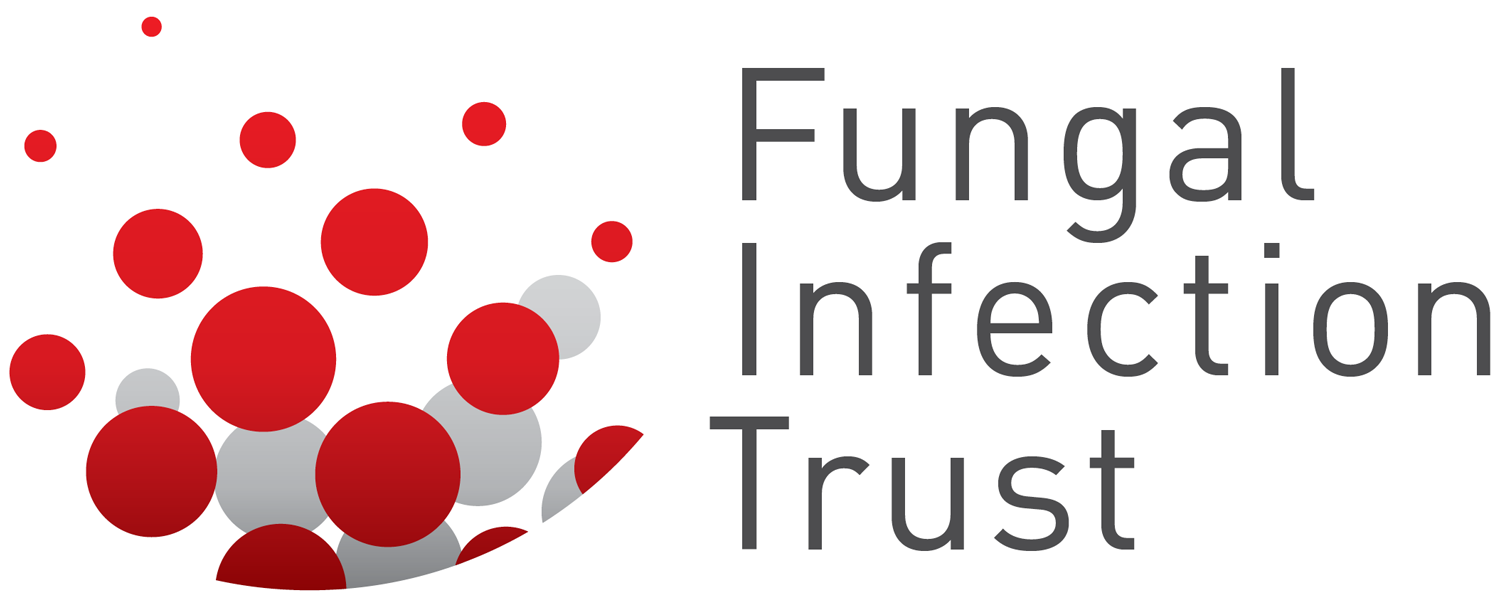Resistance in the treatment of ringworm (dermatophyte infections)
Increasing resistance to antifungals such as terbinafine amongst fungi that cause ringworm such as Trichophyton species is increasingly recognized, especially in India. The recent emergence of resistance is notionally attributed to over-the-counter medication such as creams containing antifungals combined with steroids as well as incomplete or low dose formulations. The spread of resistance to other countries is documented.
Triazole resistance in Aspergillus fumigatus
In 2007, reports from Manchester and Nijmegen described increasing azole antifungal resistance in A. fumigatus. There are two potential causes. Firstly, the emergence of strains highly resistant to azole and triazoles in the environment due to the widespread use of azole fungicides. Secondly, in patients on long-term antifungal therapy, strains may develop resistance. Most isolates are resistant to at least 2 triazole drugs and most are pan-azole resistant. Patients with triazole resistance fail therapy and may show higher mortality rates
Resistance has been seen in every continent except Antarctica.
Multidrug resistant Candida glabrata and Candida auris
It has been known for some time that some fungi that cause systemic infections, as well as vaginal candidiasis, such as C. glabrata are poorly responsive to fluconazole due to drug resistance.
What has emerged in the last decade has been multi-drug resistance in Candida glabrata and Candida auris associated with global spread. In a study of intensive care candidaemia in India (n=918 strains), C. auris caused 8.2% and C. glabrata 7.1% of infections. Multiple drug resistant (MDR) Candida species were found in 1.9% of cases. These include strains of C. glabrata resistant to echinocandin drugs as well as fluconazole.
Virtually all strains of C. auris are resistant to fluconazole, and the proportion that are also echinocandin or amphotericin B resistant varies from site to site. Almost all are susceptible to flucytosine but resistance emerges rapidly on therapy. A small proportion (3-10%) are resistant to all antifungals and untreatable. Outbreaks of C. auris infection continue to be reported globally and provide a major challenge to infection control teams.
